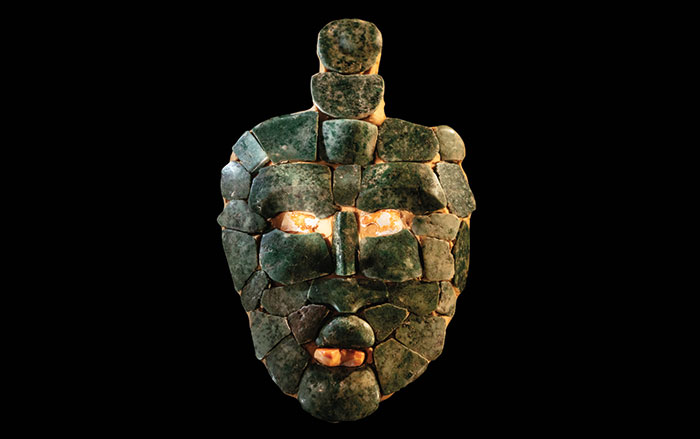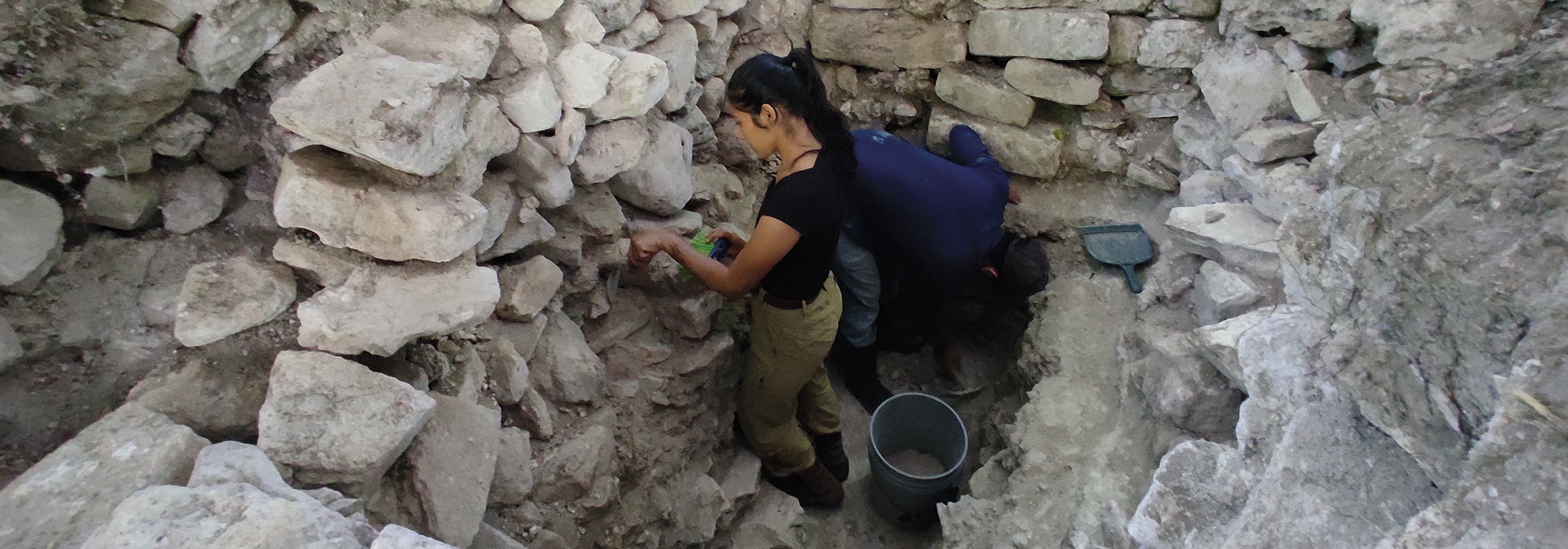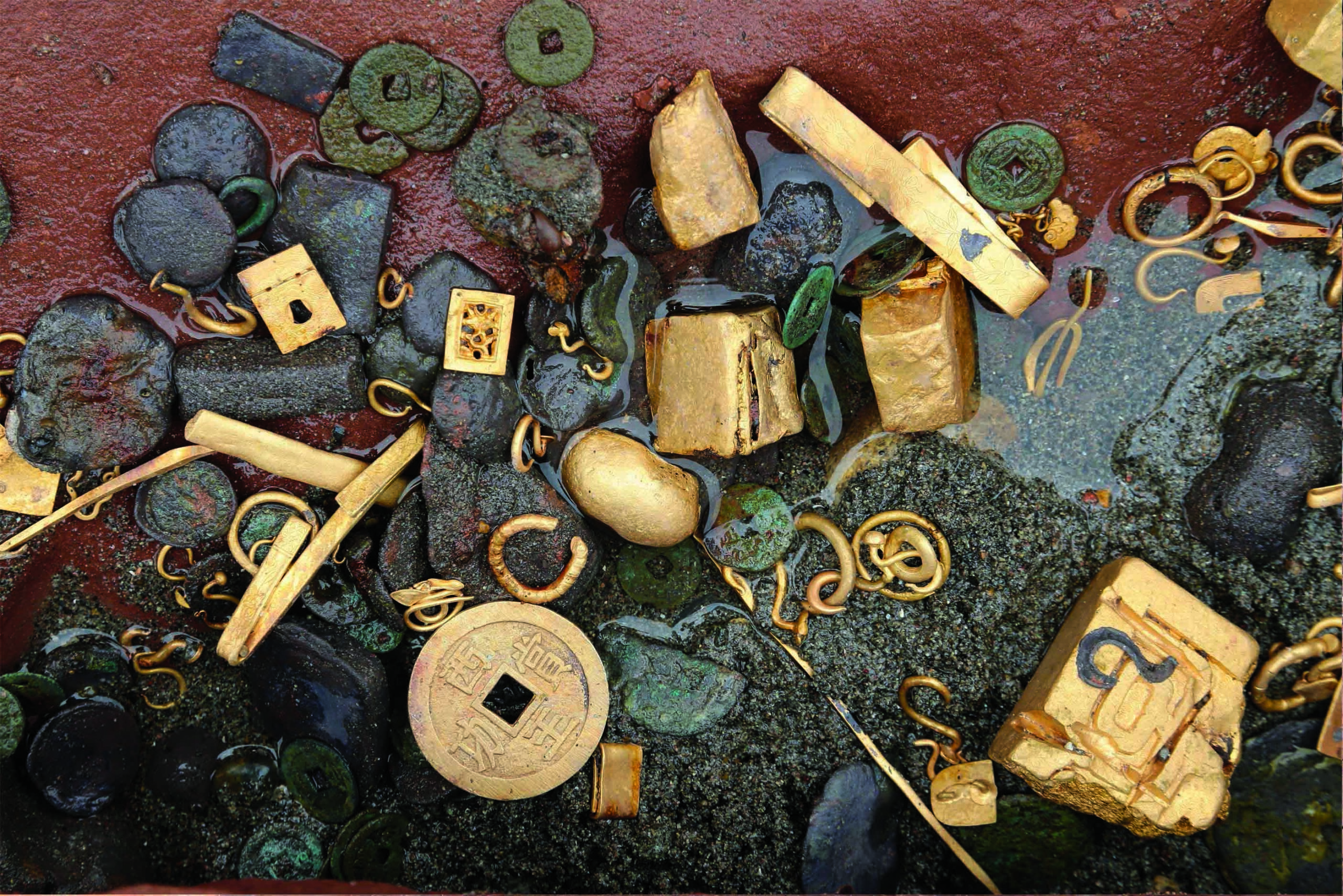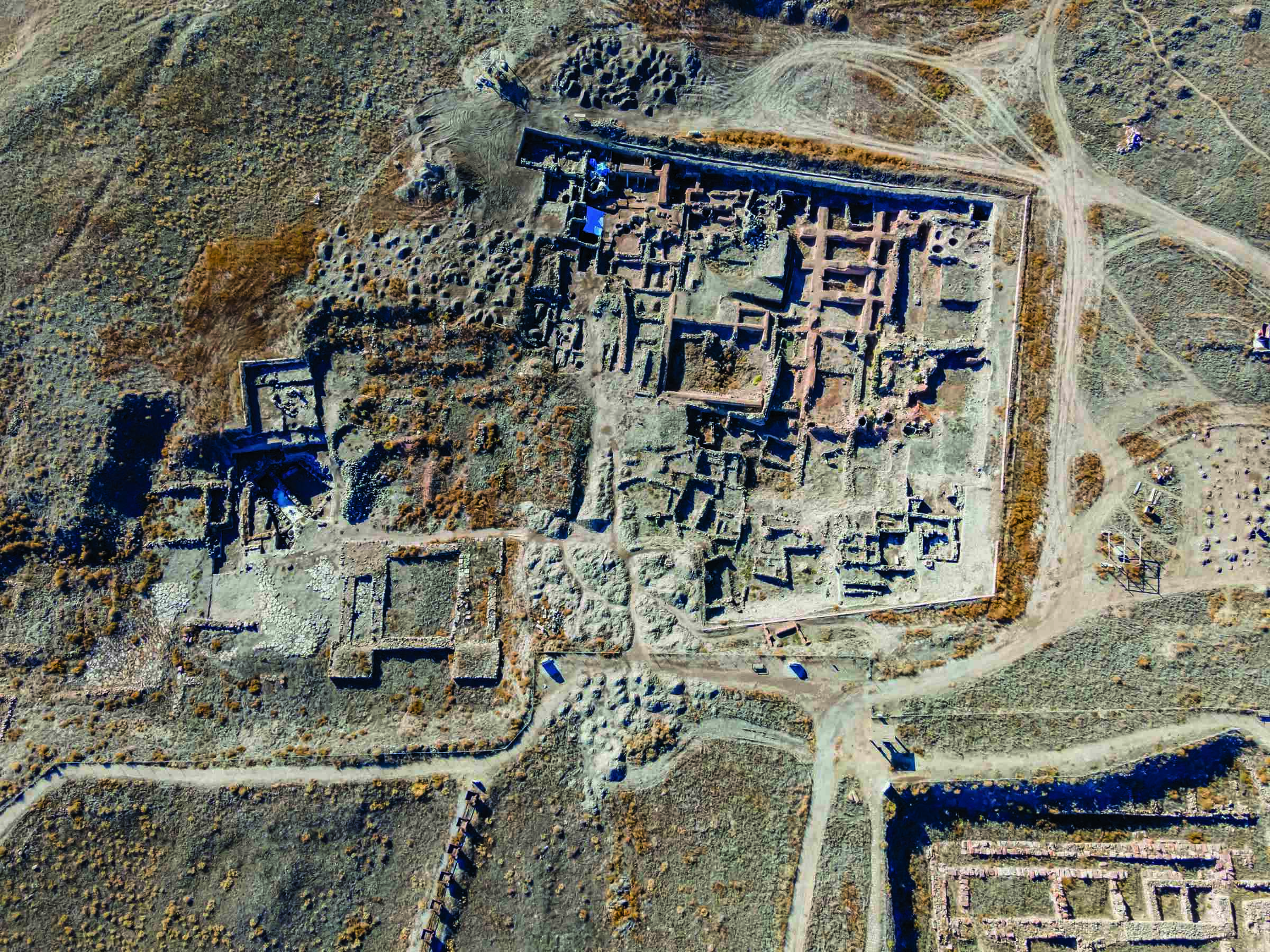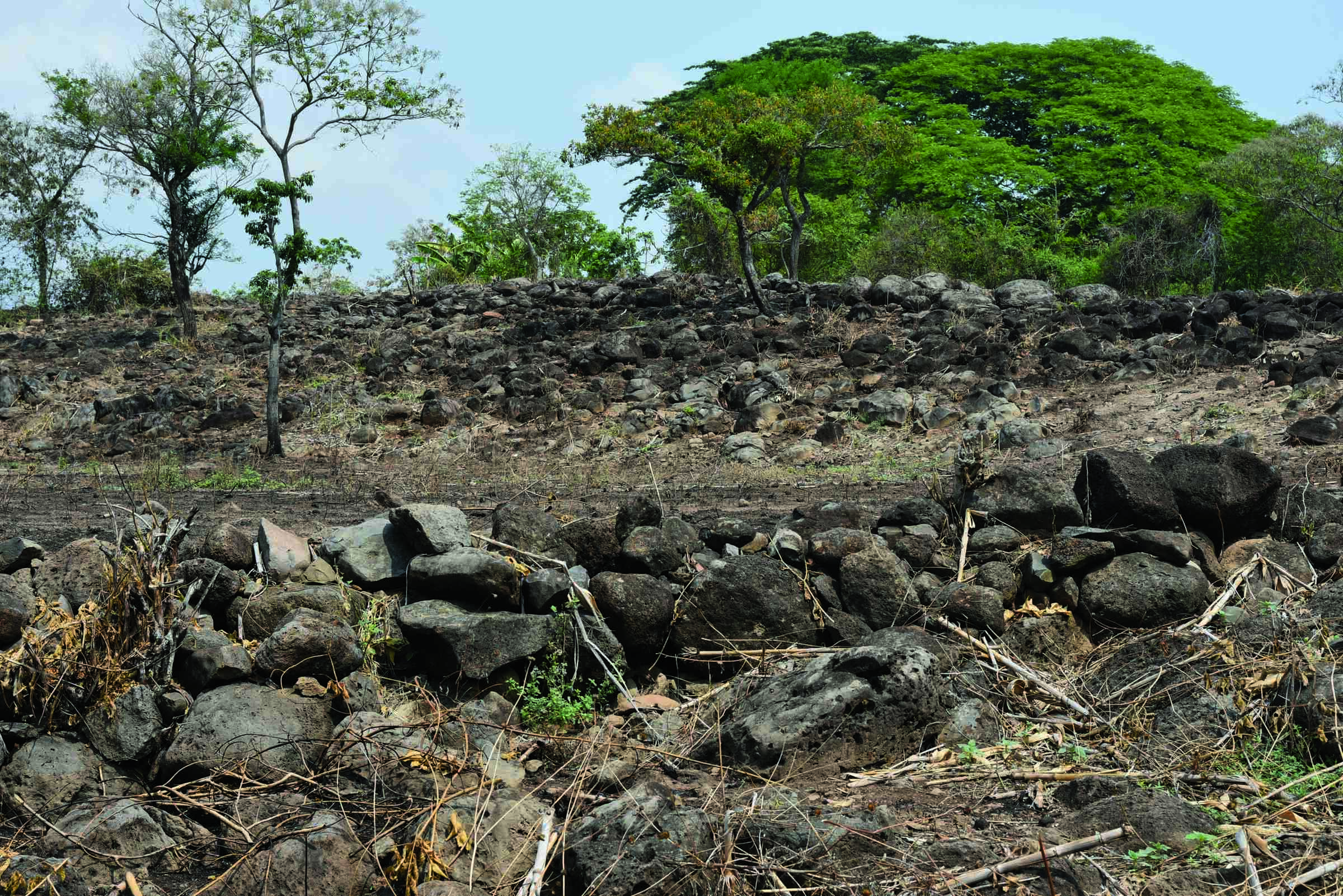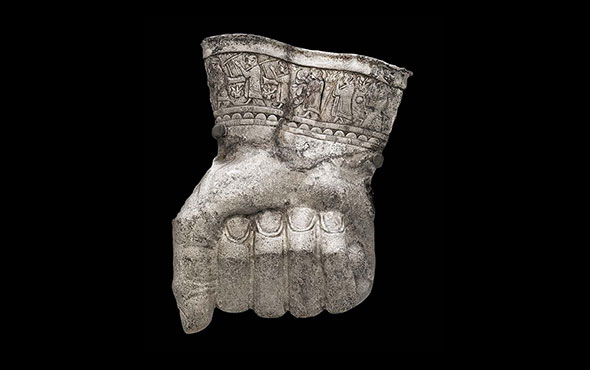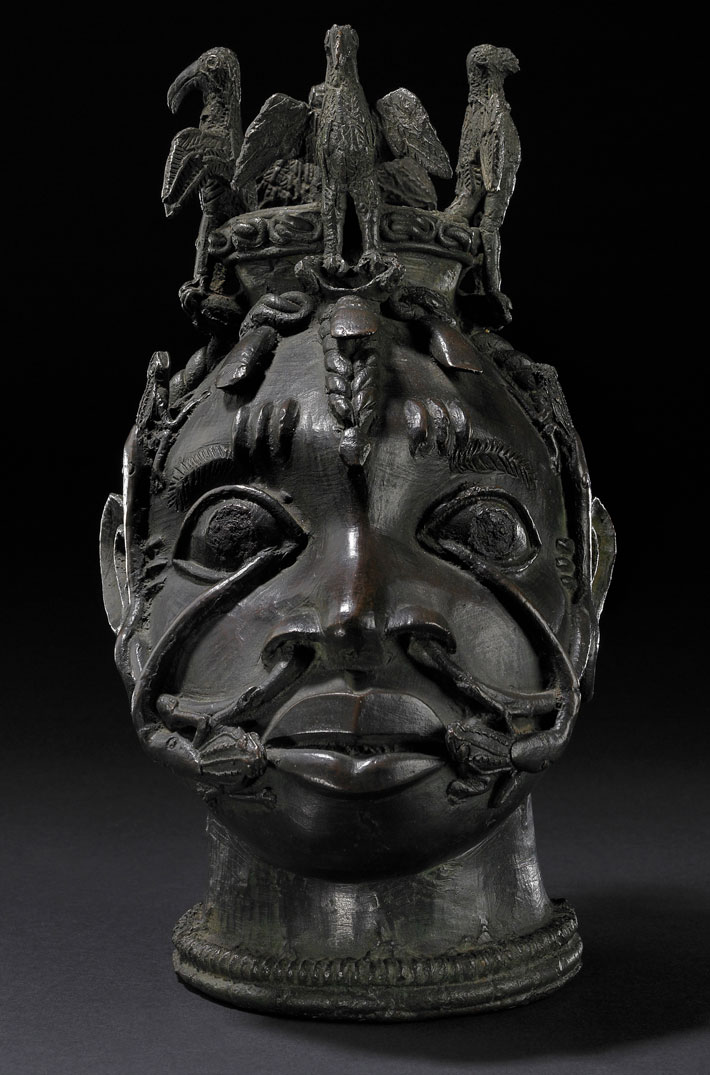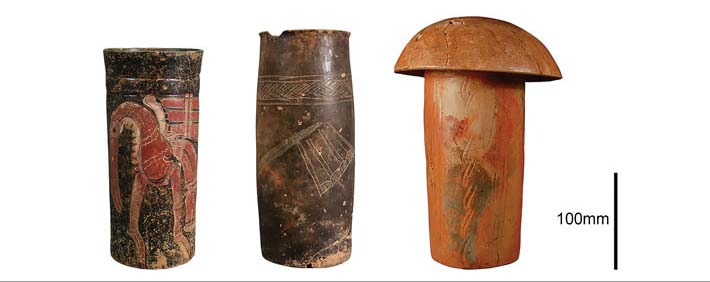
NEW HAVEN, CONNECTICUT—According to a Live Science report, Oswaldo Chinchilla Mazariegos of Yale University and his colleagues have detected nicotine in residue samples taken from pottery unearthed near the remains of sweat baths at Cotzumalhuapa, a city located in what is now Guatemala that was occupied between A.D. 650 and 950. The substance was found in three tall, narrow vessels typically thought to have been used to hold liquids. Tobacco may have therefore been consumed as a liquid infusion, or liquid may have been drunk from the vessels as tobacco was snorted or smoked. “We knew that tobacco was a very important substance employed for a variety of ritual and therapeutic purposes in ancient Mesoamerica and across the New World,” Chinchilla Mazariegos said. Physical evidence of tobacco use is rare, however, because it is rarely preserved in the archaeological record, he explained. Read the original scholarly article about this research in Antiquity. To read about the tobacco smoking habits of Native Americans in the Pacific Northwest, go to "A Tale of Two Pipes."


